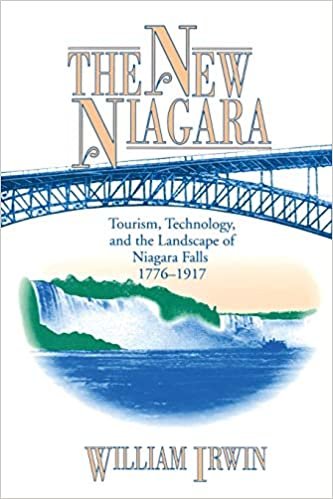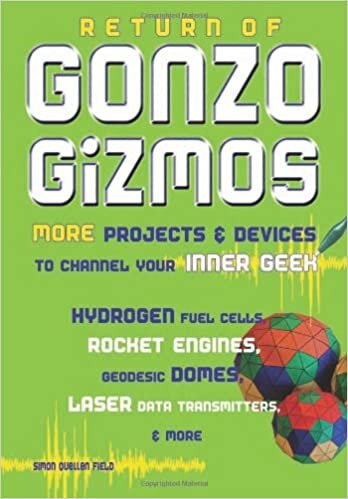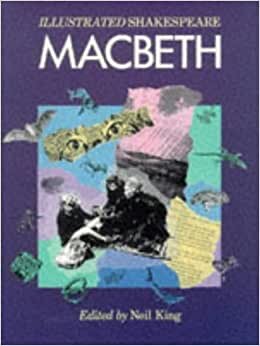The New Niagara: Tourism, Technology and the Landscape of Niagara Falls, 1776-1917 indir kitap bedava
itibaren William Irwin
The New Niagara: Tourism, Technology and the Landscape of Niagara Falls, 1776-1917
Visitors may wonder how Niagara Falls came to be the site of magnificent bridges, a famous cereal factory, and a picturesque New York state reservation, designed by Frederick Law Olmsted. Although many have always admired the natural splendor of the Falls, William Irwin explains that it was not until the mid-1800s that Niagara truly captured the American imagination. With the coming of John Roebling's railway suspension bridge in 1855 came the promise of a "new" Niagara, one in which nature and technology could flourish in harmony. Although some saw the transformation of Niagara Falls as a national shame, for many others it stimulated utopian visions of a great modern America. Tourists flocked to a place that showcased both the beauty of nature and the marvels of technology. Companies such as Shredded Wheat (later absorbed by Nabisco) fed on the public's expectations of novel and revolutionary progress at Niagara. The Shredded Wheat factory and the Niagara Power Company became tourist attractions in their own right. Some developers went so far as to claim that their works exceeded Niagara's natural beauty. It was not until the 1920s that failed expectations revealed the scope of the blighted landscape. By taking us back to a period when Niagara Falls was appreciated as much for its utopian promise as for its natural beauty, The New Niagara reveals America's remarkable romance with technology and its faith in human mastery of the environment.
The New Niagara: Tourism, Technology and the Landscape of Niagara Falls, 1776-1917:30 Nisan 1996
Popüler yazarlar
Kolektif (4194) Springer (1204) KOMİSYON (446) Various (392) Varios Autores (318) Arkose Press (305) Routledge; 1 basım (302) Cambridge University Press (297) Routledge (257) Kollektif (208) Springer; 1 basım (202) etc. (187) Intl Business Pubn (184) Lem N Lov Publishing (173) Oxford University Press (159) DK (144) ohne Autor (141) Sigmund Freud (137) Anonymous (123) American Society of Mechanical Engineers (113)En İyi Yayıncılar
Independently Published Springer CAMBRIDGE UNIVERSITY PRESS Forgotten Books Kessinger Publishing CreateSpace Independent Publishing Platform Routledge; 1 basım Literary Licensing, LLC Routledge Oxford University Press John Wiley & Sons Inc Adalet Yayınevi MACMILLAN EDUCATION Gale and The British Library Peter Lang GmbH, Internationaler Verlag der Wissenschaften PRENTICE HALL Arkose Press OUP Oxford Springer; 1 basım Outlook Verlag























